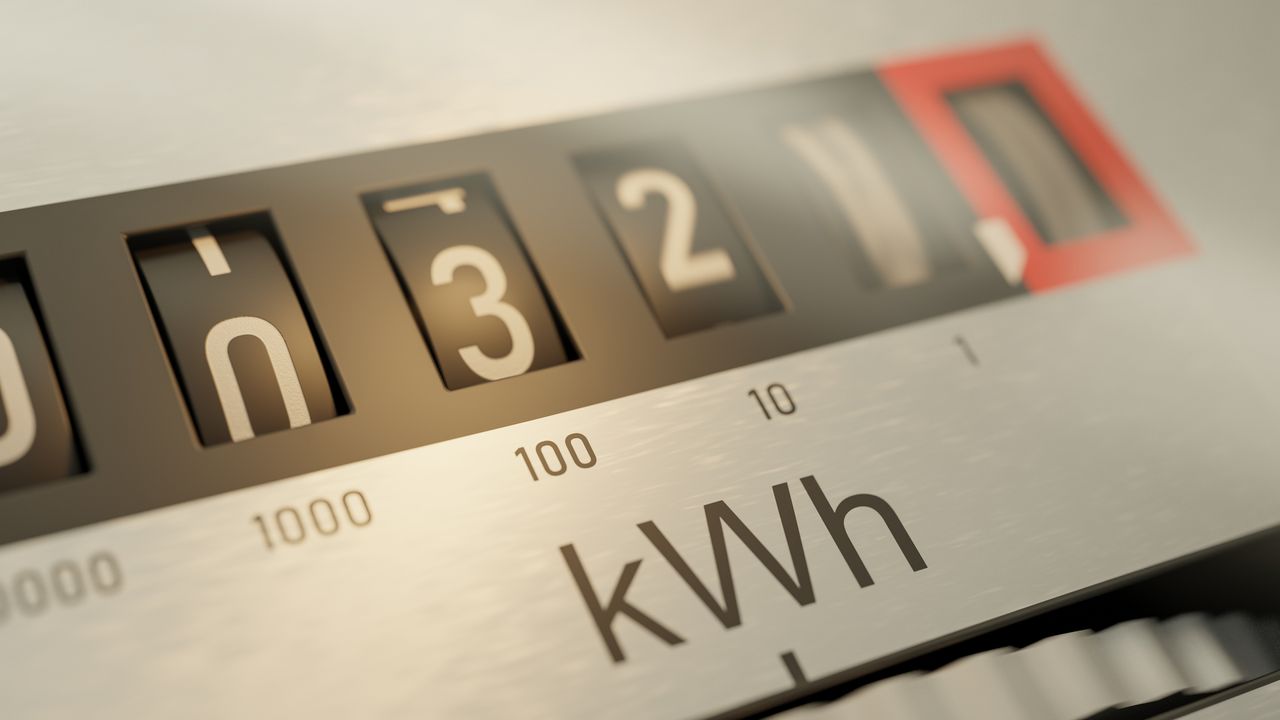Researchers have been striving to explain seemingly unexplainable flashes of light, or transients, observed in the sky since the 1950s. Incredibly, we still don’t know what these unidentified aerial phenomena—or more familiarly, unidentified flying objects—are.
In two papers published earlier this month, one in Publications of the Astronomical Society of the Pacific and the other in Scientific Reports, researchers lay out two new, startling explanations for these phenomena. They analyzed transients that were documented in photographic plates (the precursors to photographic film) from the early 1950s—crucially, these flashes were observed before Sputnik I, the first artificial satellite, launched in October, 1957. The papers indicate that at least some of the observed transients were real, and that at least some of these might have been connected to nuclear weapons tests and reports of UAPs.
“Today we know that short flashes of light are often solar reflections from flat, highly reflective objects in orbit around the Earth, such as satellites and space debris,” Beatriz Villarroel, a co-author on both studies, said in a Stockholm University statement. But prior to 1957, there were no human-made satellites in space—or at least, there were none as far as we know. And while it is possible that a country might have secretly launched something into space, that would have been hard to do without being noticed, according to German physicist and popular science communicator Sabine Hossenfelder.
Transients, UAPs, and nuclear tests
In the Scientific Reports study, Villarroel and her colleague analyzed more than 106,000 instances of transients and found small but statistically significant associations between them and reports of UAP sightings and above-ground nuclear weapons testing during the 1950s. Specifically, the transients tended to appear a day after a nuclear test. They also identified a positive correlation between the number of flashes of light in the sky and the amount of UAPs reports on any given day. Moreover, most of the transients occurred around the same time as a nuclear test, and at least one UAP report.
The researchers lay out two potential hypotheses: One is that nuclear tests might trigger an atmospheric phenomenon that appears as a flash or transient, in turn spurring UAP reports and showing up on the astronomical images. The other leans on an existing piece of what the researchers call “lore”: that nuclear weapons tests might attract UAP.
“While this alleged connection has been claimed for decades based on anecdotal evidence, it has until now lacked any systematic supporting data,” the researchers write in the paper. “Within this latter hypothesis, our results could be viewed as indicating that transients are artificial, reflective objects either in high-altitude orbits around Earth or at high altitudes within the atmosphere.”
“Whether and how this hypothesis might be further tested remains to be determined. Regardless of what transients are ultimately determined to be, our results add to growing evidence supporting the interpretation of transients as real observations, rather than as emulsion defects,” they conclude.
Moving objects
In the other paper, Villarroel and her colleagues searched for historical evidence of highly reflective artificial objects near Earth. To do this, they looked for transients in the data that appeared to follow a pattern, suggesting that they might be flat, reflective, and moving objects.
They found two interesting occurrences, one of which, notably, took place on July 27, 1952—during a week where there was a spate of notorious UFO sightings in Washington, D.C. They also found significantly fewer transients in Earth’s shadow, indicating that at least some of the flashes of light were likely objects reflecting the Sun from an orbital point high above Earth.
“Amidst what has been perceived as noise on the plates, there seems to be a genuine population of phenomena that correlate with, among other things, nuclear weapons tests or reports of UAP and that are missing in the Earth’s shadow,” Villarroel, an astronomer at the Nordic Institute for Theoretical Physics at Stockholm University, explained in the statement.
“You don’t get that kind of solar reflections from round objects like asteroids or dust grains in space, which leave streaks during a 50-minute exposure, but only if something is very flat and very reflective and reflects the sunlight with a short flash.”
The new analyses are intriguing. But more work will need to be done before researchers can conclusively say what that something is.




